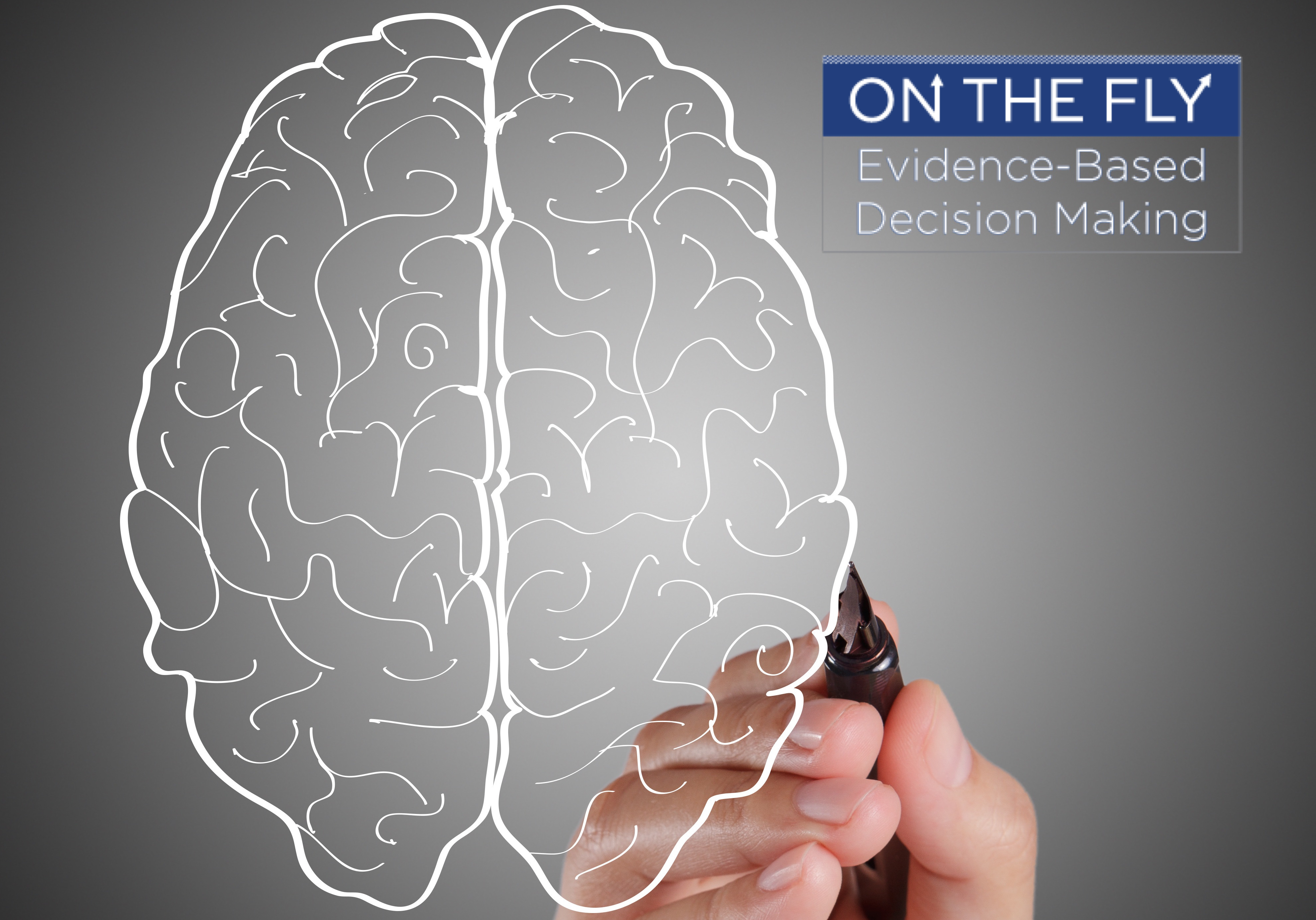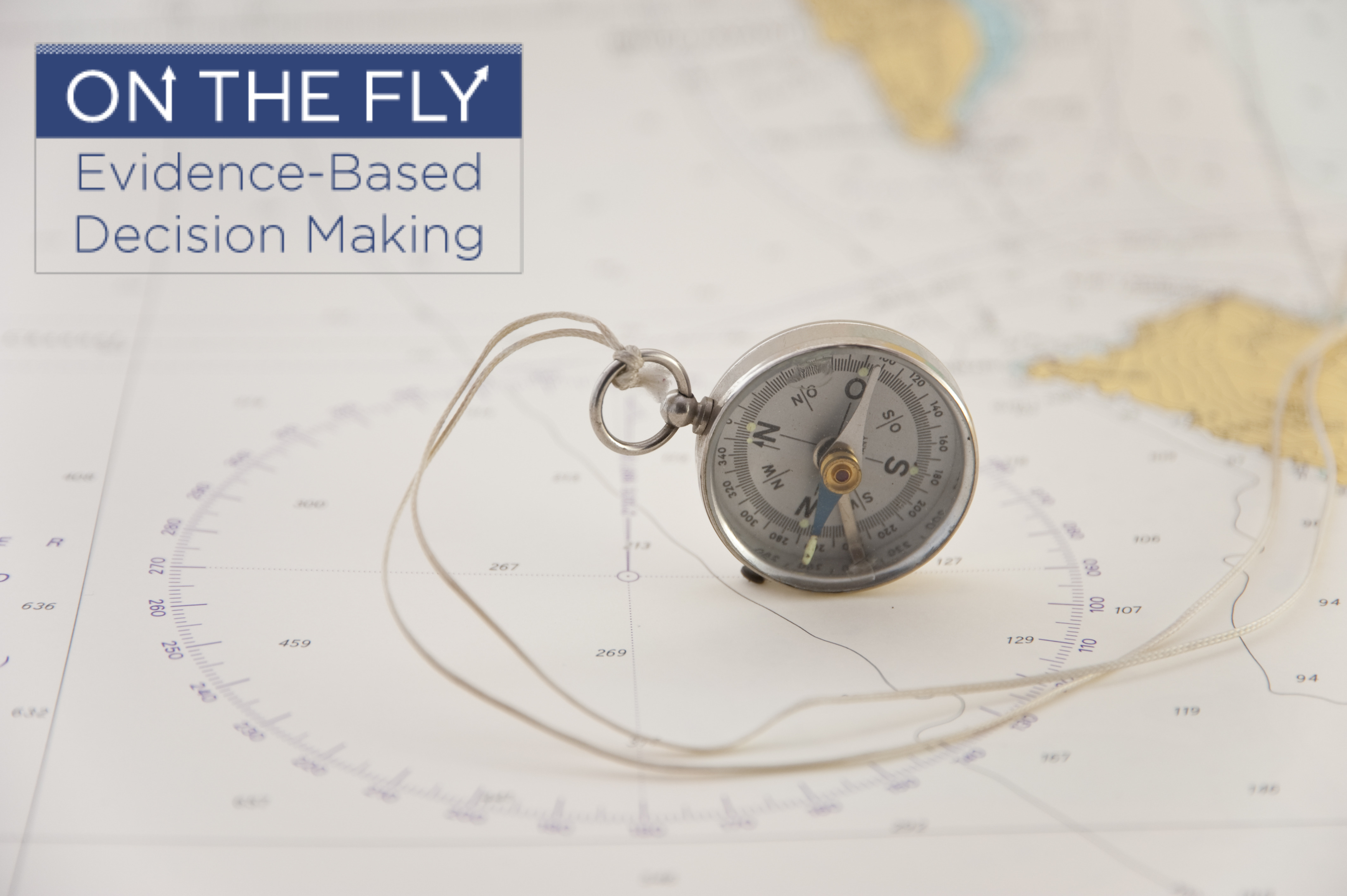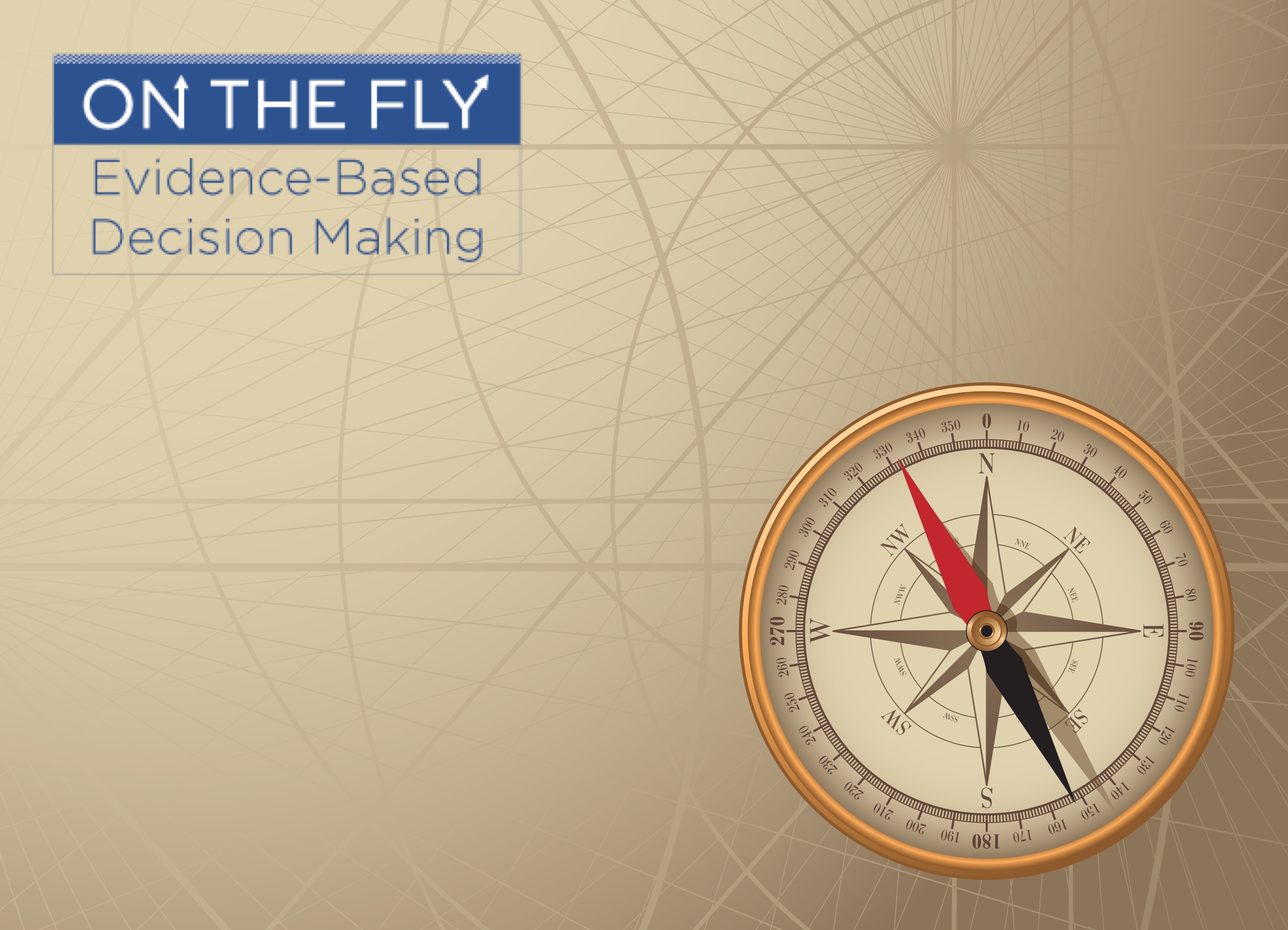So far we’ve identified two basic skills for leadership success:
- .
- Learn systematically from the less-than-good decisions.
Chances are, at this point some readers are muttering under their breath: “Well, all this talk about decisionmaking being the heart of leadership and the importance of evidence is fine, but it all depends on how you define ‘decision’ and ‘evidence’, right?”
—to which I reply, “Exactly. Let’s do that.”
What is a decision, anyway?
There’s a surprising lack of consensus. Many definitions imply that decisionmaking is a purely cognitive exercise. In this view, a decision is the result of a rigorous mental process carried out by an individual in isolation: “A conclusion or resolution reached after consideration.”
Other sources assert that decisions are fundamentally an expression of individual moral character (“firmness of purpose”)—in this view, an authentic decision is more of an unbending personal statement than a nuanced and goal-directed response to circumstances.
Do those perspectives on decisionmaking ring true in your experience? Frankly, we think they miss the mark, because most real-world decisions don’t look like that. Most leaders in the trenches simply don’t identify with Rodin’s Thinker—bronze brow furrowed in noble concentration as he wrestles in solitude with deep and thorny principles. Does that sound like your workday?
It’s true that logic is an essential decisional tool, and yes, personal character and values play an important role in certain kinds of decisions. But framing decisions solely in these terms tells us little about the way effective decisions are actually made in the real world.
Truth be told, most of us spend our days making decisions the same way Lucy Ricardo wrapped chocolates in the candy factory. Feeling the pressure of an impending decision, we anxiously grapple with a steady barrage of disconnected information about the problem at hand; then we try to reconcile all those confusing and competing nuggets, squeezing them into a decision and wrapping them with a nice ribbon before they slip out of our hands and disappear.
Decisionmaking is messier and more complex than we’d like to admit, but there are common elements to all decisions. So, let’s grab a wrench and reach a bit deeper for the nuts and bolts of real-life decisionmaking. We’ll start with our own On the Fly definition:
de·ci·sion noun \di-’si-zh n\ : The enactment of a clearly stated choice among alternative courses of action, made in response to a perceived change in circumstances and conducted in a context of ambiguity.
Scratch the surface of this sentence and you’ll find centuries of hard-earned wisdom from battle-tested leaders—not to mention decades of established research from the social sciences. The elements of this definition ground the decisionmaking process firmly in what we know about perception, information processing, risk perception and behavioral principles.
It’s tempting to dive into a theoretical exploration of these principles, but since this is an On the Fly series, let’s instead look at a practical model of decisionmaking. It’s a straightforward model with an intimidating title: Dr. Heather Birkett Cattell’s sequential model of alloplastic adaptation.
No worries, it’s not as scary as it sounds. Dr. Cattell makes a simple assertion: all decisions pass through certain distinct stages, and decision makers navigate these stages with greater or lesser degrees of awareness and skill. Each stage builds on and is dependent upon the previous stage(s). And, the ultimate quality of a decision can be traced directly to how well an individual or a group meets the requirements of each stage.
Adapting this model, we offer a five-stage model of decisionmaking. In coming posts we’ll explore these stages in depth, but for now let’s hit the highlights:
D1. Detect and interpret change. When you stop to think about it, it’s obvious that the need for a decision does not exist until some sort of disequilibrium or disturbance arises. Most often, this takes the form of a change in circumstances or in one’s perceptions of those circumstances. But people vary widely in the sensitivity of their “radar,” that is, their capacity to recognize when things are changing. Think of leaders you know well, and I’m sure you’ll agree that a continuum exists in the ability of each to detect change: ranging from blithe cluelessness, to appropriate sensitivity, all the way to hypervigilance and undue suspicion about change.
In addition to simply detecting change, this stage includes the meaning a leader attaches to a perceived change. In other words, is a detected change an opportunity, a threat, or a nuisance that can be safely ignored? Throughout history, fortunes and lives have been won or lost depending on whether a leader sees the threat wrapped inside an apparent opportunity, the hidden advantage that may be gained from what seems to be looming danger—or the apparent trivial nuisance that turns out to be anything but.
D2. Generate options. Once a threat or opportunity is identified, D2 involves gathering as wide a range of response options as possible. This stage entails distinct challenges; after all, decision makers all have blind spots that limit their capacity to see all available responses. D2 is all about seeing choices in new ways that expand our perspective- a skill on which leaders widely vary.
D3. Stage 3. Select the best option. Next, one must choose the best response from among those available options. The magic in this stage is having well thought-out criteria for what “best” means—and having the courage to follow those criteria to their logical conclusion.
D4. Execute the chosen option. An essential mark of an authentic decision is that it results in some kind of new action. Using our “on the fly” definition, a decision that does not yield a commitment of resources and effort to meaningful action is simply not a decision–it’s just handwaving.
D5. Track and evaluate the results of the decision. Let’s raise the ante on this last claim: In order to be successful in the long run, a decision must not only lead to action, but to measurement of both the action and its consequences.
Action, absent some means of measurement, represents a serious opportunity cost for your organization. Careful, routine measurement creates a precious opportunity to learn from experience about what really works—not in the abstract, but in your specific setting. And that kind of learning is the lifeblood of any successful organization.
Each of these five stages requires a distinctive mix of skills. Chief among the required skills at each stage is how a leader uses relevant information— that is, evidence. In the next post, we will identify the types of evidence that decisionmaking requires, and explore how each of the five decisional stages requires a decisionmaker to attend to a distinct blend of evidence.
This is the fourth post in our Evidence-Based Decision Making On the Fly series.







Leave A Comment